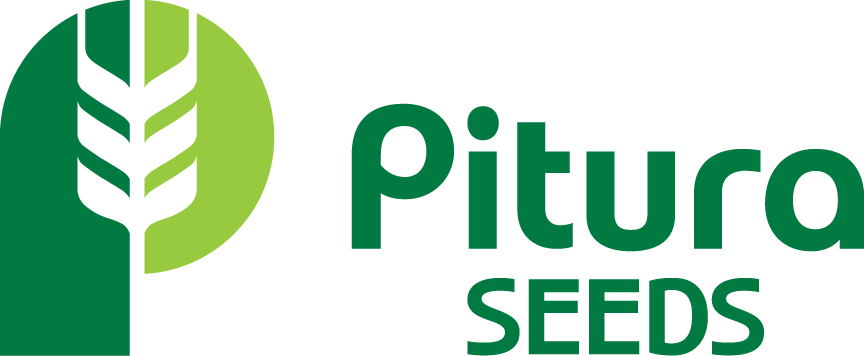Beyond The Standard: Using TKW To Improve Wheat Seeding Decisions
With the combination of clean seed in our bins and your drills slowly making it out of the shed, it has me thinking about an early start to the 2025 crop year. Wheat seed being one of our first products to move, I want to go over the impact that seeding rates and TKW will have on your plant stand.
The soybean industry has done a great job of educating when it comes to targeting ideal plant stands by focusing on seed size. Wheat should be the same, although the cost of seed is not as high, targeting your plant stand with TKW (thousand kernel weight) can help you equally compare varieties in the field and potentially avoid excessively high plant stands.
Before I get into some numbers to highlight how drastic the range can be in plant stands, I want to focus on why this is becoming more important than ever. Wheat varieties have made huge steps in the last 5 years, in my opinion this is because the industry is registering varieties from multiple different breeding programs. In the past, we relied heavily on Agriculture and Agri-Food Canada breeding sites to supply varieties for registration. We now have varieties like SY Manness that come from a different breeding program, where breeders might be focused on different plant characteristics than you’d find at AAFC. We are constantly vetting new wheat varieties and have even seen varieties with an average of one less head per plant, which could require an optimal plant stand that is different than other varieties. The diversity in genetics is creating opportunity to diversify your wheat varieties on the farm.
Let’s look at an example to highlight what I’ve mentioned so far. For this example, let’s assume we are growing SY Manness and AAC Hockley. I hand picked a lot number for each of these varieties that we have in the yard, the specs for each are below:
SY Manness – TKW: 32.5g and Germ: 100%
AAC Hockley – TKW: 36.6g and Germ: 100%
Let’s calculate seeding rates using these values above and target a range of plant stands (28-40 plants per sqft) and assume 10% mortality.
If we were to seed at the common 2.25bu/ac (135lbs/ac) rate that we all grew up hearing about – we would end up with:
39 plants/sqft in the SY Manness field
34.5 plants/sqft in the AAC Hockley field
The difference may not seem like much but depending on factors such as field fertility, growing conditions and other management practices a difference of 4.5 plants/sqft will certainly affect the end result and can make it difficult to compare one variety to the other side by side when we look at things like yield, standability and height. A thicker plant stand will behave differently than a lighter one and vice versa.
Manitoba Ag recommends spring wheat plant stands to be 24-28 plants/sqft, in this case we are far above that with our “standard” 2.25bu/ac rate. If we were to target 28 plants/sqft, we would only require 1.62bu/ac for our SY Manness and 1.83bu/ac for AAC Hockley, roughly 25% in seed savings. Factors such as field prep and seeding equipment should also be considered when dropping seeding rate as it may affect mortality. As in most cases, there’s a caveat, and when it comes to wheat seed, not every lot is the same. Every year we see different trends in seed size, and as you can see above, one variety to the next can show variability, 13% in this case.
So, a seed salesman is telling you to buy less seed? The answer is “it depends”. Especially with new genetics being introduced to the marketplace, there’s always a conversation to be had. Therefore, ask us about the variety you’re purchasing and the TKW to target an optimal plant stand instead of seeding a “standard” wheat rate.
~Jacques Remillard


